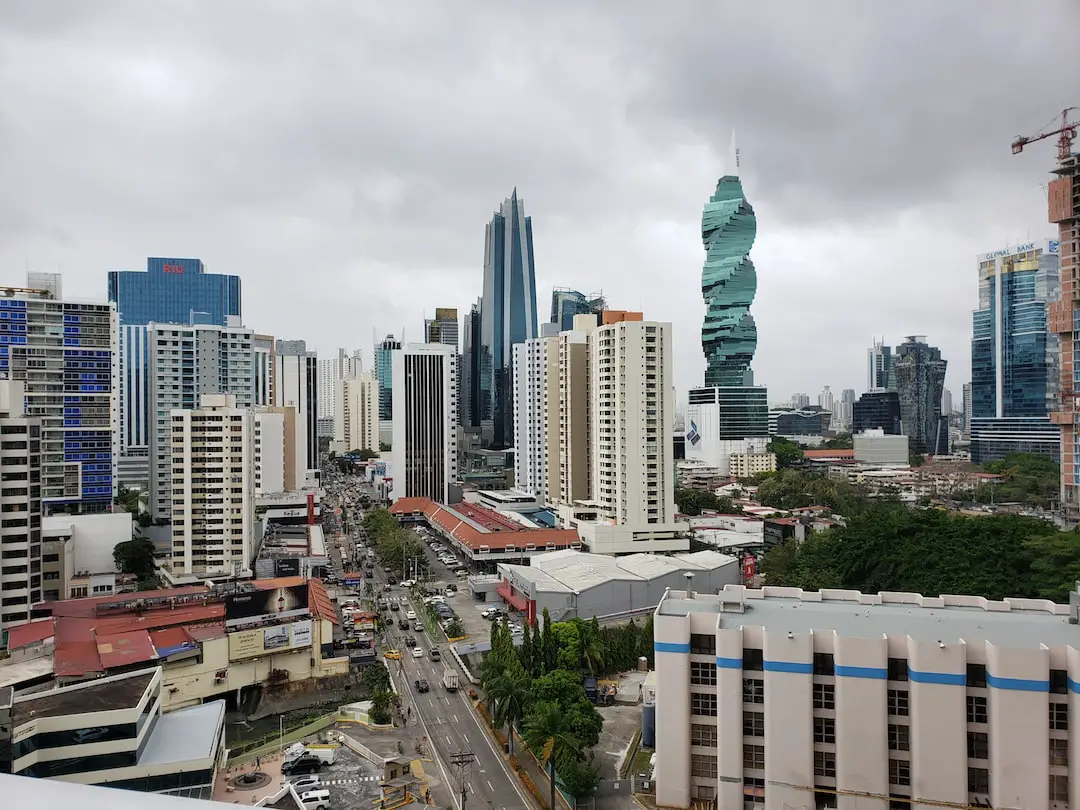
Imagine strolling through the bustling streets of Panama City, where the whisper of the past meets the pulse of the present. This vibrant metropolis, a melting pot of cultures and histories, boasts an architectural tapestry that’s as diverse as its people. From the colonial facades of Casco Viejo to the sleek skyscrapers that define its skyline, Panama City’s architecture is a testament to its evolution, a dance of design that echoes through the ages.
The Colonial Beginnings
Let’s rewind to the 1500s. Back then, Panama City was a strategic outpost for the Spanish empire. The architecture of this era, still visible in the old quarter, Casco Viejo, is characterized by its ornate churches, cobblestone streets, and grand plazas. These structures have stood the test of time, telling tales of conquest and colonization.
As you wander through Casco Viejo, you can’t help but feel transported to another era. The Plaza de la Independencia, with its historic significance, is surrounded by buildings that have been meticulously restored, preserving their colonial charm. It’s like walking through a living museum, each corner revealing a new secret from the past.
The Canal Era and Its Influence
Fast forward to the early 20th century, when the Panama Canal changed the game. This monumental feat of engineering not only transformed global trade but also left an indelible mark on the city’s architecture. The canal brought with it a wave of American influence, which is evident in the buildings from that period.
The Canal Zone, once governed by the United States, is home to structures that blend tropical and North American architectural styles. Think houses with wide porches and sloping roofs, designed to withstand the tropical climate while providing a sense of familiarity for the American residents.
The Modern Metropolis
Now, let’s zoom into the present. Today, Panama City is a hub of modernity, its skyline a forest of glass and steel. The city’s architecture has evolved to reflect its status as a global business center. The sleek designs of buildings like the F&F Tower, with its twisting shape, are a far cry from the colonial aesthetics of yesteryear.
These contemporary structures aren’t just about aesthetics; they’re about innovation and sustainability. Architects are increasingly incorporating green spaces and energy-efficient designs to create buildings that are not only visually stunning but also environmentally conscious.
Blending the Old with the New
What’s truly fascinating is how Panama City marries its historical architecture with modern designs. In areas like Obarrio and Punta Pacifica, you’ll find colonial homes sitting comfortably alongside towering condos. It’s a visual dialogue between the past and the present, each style enhancing the other.
This blend is not without its challenges, though. Preserving the historical integrity of areas like Casco Viejo while accommodating the demands of a growing city requires a delicate balance. It’s a dance of respecting tradition while embracing progress, and it’s being choreographed with care.
FAQs
- How has the Panama Canal influenced Panama City’s architecture?
The Panama Canal brought American architectural styles to the Canal Zone, introducing a mix of tropical and North American designs that catered to the needs and tastes of the American workforce living there.
- Can you see the blend of old and new architecture in Panama City?
Absolutely! Neighborhoods like Obarrio and Punta Pacifica showcase this blend, where modern skyscrapers and colonial homes coexist, creating a unique urban landscape.
- Are there any efforts to preserve Panama City’s historical architecture?
Yes, there are ongoing restoration projects, particularly in Casco Viejo, aimed at preserving the area’s colonial buildings and maintaining its UNESCO World Heritage status.
Conclusion
In conclusion, Panama City’s architecture is a rich mosaic that reflects its storied past and its ambitious present. From the colonial relics of Casco Viejo to the avant-garde skyscrapers that pierce the sky, the city’s buildings tell a story of transformation and resilience. As Panama City continues to grow and evolve, its architecture remains a testament to its ability to honor its history while forging a new identity. For those of us who’ve had the pleasure of experiencing this evolution first-hand, it’s clear that Panama City’s architectural journey is as dynamic and vibrant as the city itself.
Whether you’re an investor eyeing the city’s real estate market, a homeowner appreciating the blend of styles, or a traveler marveling at the skyline, Panama City’s architecture offers something for everyone. It’s a living, breathing chronicle of change, a cityscape that’s as captivating as it is complex. And for those of us lucky enough to witness it, it’s a constant reminder that in the dance of design, Panama City never misses a beat.